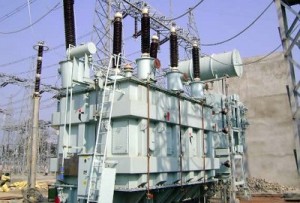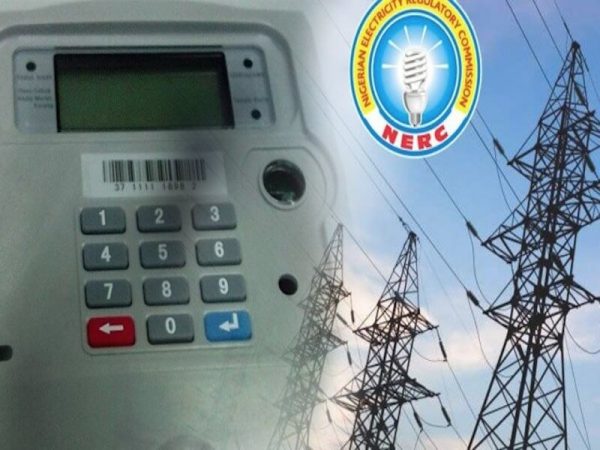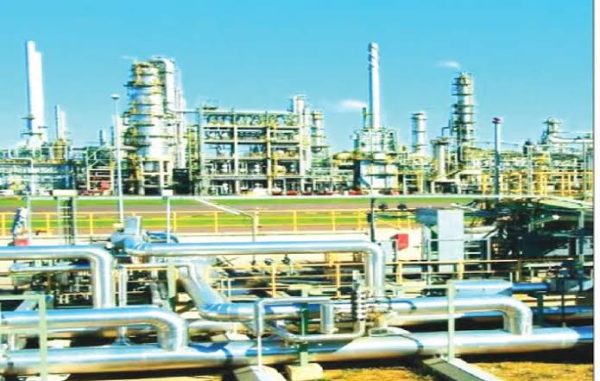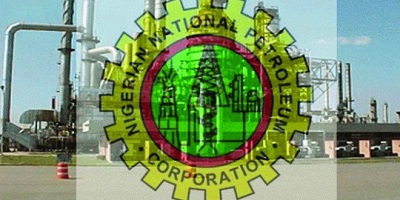Energy crisis: 10 power plants shut, 1,041MW lost

The nation’s power generation fell by over 1,000 megawatts as four power plants were down on Saturday, bringing the total number of plants not generating electricity at the moment to 10.
The nation recorded a total system collapse on Friday, September 16, 2016, the 17th time this year, industry data obtained by our correspondent on Sunday showed.
The total power generation stood at 2,555.7MW as of 6am on Saturday, down from 3,596.2MW the previous day, worsening the outage being experienced by households and businesses across the country.
Electricity from the nation’s biggest power station, Egbin, located in Lagos, hit a record low of 246MW on Saturday from 425MW on Friday, while output from the Shiroro Power Station in Niger State, one of the nation’s hydropower plants, hit a high of 600MW.
The plants that were shut down after the collapse included Olorunsogo I and Olorunsogo II in Ogun State; Omotosho II in Ondo State; and Ihovbor located in Edo State, with installed capacities of 294MW, 500MW, 500MW and 225MW respectively.
Olorunsogo II and Omotosho II, which were built under the National Integrated Power Project, had on Friday generated 171MW and 83.5MW, while Olorunsogo I and Ihovbor produced 148.1MW and 165.6MW, respectively.
The units GT1 and 3 of Olorunsogo II were said to be untied after the system collapse of September 16; while GT2 and ST2 were out due to gas constraints; GT4 out due to water leakage on the generator cooler; and ST1 out on maintenance.
Omotosho II’s units GT2, GT3 and GT4 were said to be out due to gas constraints, while the GT1 was not yet tied after the system collapse.
Five of Omotosho I’s units, namely GT1, 3, 5, 7 and 8, were not yet tied after the system collapse; GT2 and 4 out due to gas constraints, and GT6 out on vibration trouble.
Ihovbor’s units GT1 and 3 were not yet tied after the system collapse; GT2 shut down due to oil leakage from the auxiliary compartment, and GT4 out due to unit transformer problem.
The system collapse also affected the Jebba Hydro Power Station as two of its units, 2G4 and 5, were said to be still untied as of Saturday, with its output falling to 277MW from 408MW on Friday.
Units GT2, 5, 7 and 8 of Omotosho I and GT2 of Alaoji II in Abia State are also not yet tied.
Other plants that did not generate any megawatts of electricity on Saturday were Sapele I, Afam IV&V, Afam VI, AES, ASCO and Rivers IPP.
The national grid has recorded 22 collapses this year – 17 total and five partial.
The country generates most of its electricity from gas-fired plants, while output from hydropower plants makes up about 30 per cent of total generation.
In what was a big blow to electricity generation in the country, Shell’s Forcados export terminal was hit mid-February, forcing the oil major to declare force majeure on the export of the crude oil grade.
The Nigerian National Petroleum Corporation had recently said, “The nation has lost over 1,500MW of power supply to the damage as gas supply from Forcados, which is Nigeria’s major artery, accounts for 40 to 50 per cent of gas production.”
The Transmission Company of Nigeria on February 2, 2016 announced that the nation had achieved its peak generation of 5,074.70MW.
But the feat was short-lived as generation dropped below the 4,000MW mark later that month, plunging to a record low of 1,400MW on May 17, according to the TCN.








